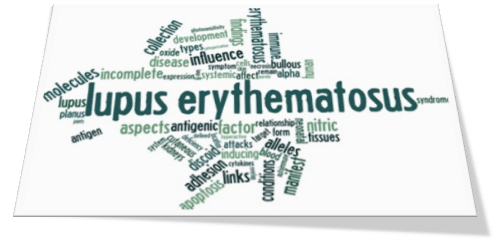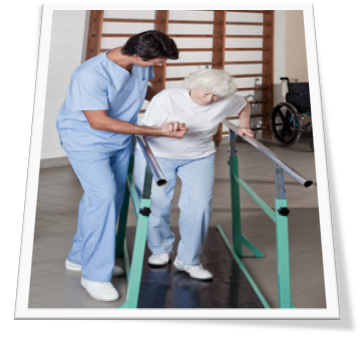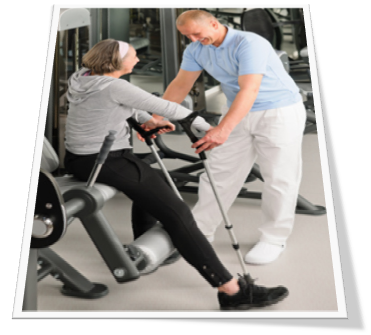 Systemic Lupus Erythematosus or SLE (also known as Lupus), is an auto-immune disorder that affects the skin, joints, kidneys, brain, and other organs. The disease attacks healthy tissues, leading to chronic inflammation. This can have a drastic effect on a person's quality of life. The Centers for Disease Control (CDC) provides a wide range, estimating that 1.8 to 7.6 individuals per 100,000 individuals in the United States suffer from this disease every year.
Systemic Lupus Erythematosus or SLE (also known as Lupus), is an auto-immune disorder that affects the skin, joints, kidneys, brain, and other organs. The disease attacks healthy tissues, leading to chronic inflammation. This can have a drastic effect on a person's quality of life. The Centers for Disease Control (CDC) provides a wide range, estimating that 1.8 to 7.6 individuals per 100,000 individuals in the United States suffer from this disease every year.
Treatment depends on the extent of the disorder and the patient's individual needs. Physical therapy plays a valuable role as part of a holistic treatment plan for patients with lupus.
Chronic inflammation results in severe pain, redness and swelling around the joints. While drug intervention is an important part of treatment, physical therapy helps manage the consequences of joint pain and other symptoms of the disease.


 Your physical therapist is a trained and licensed healthcare professional. The therapist will determine the extent of functional limitations and answer critical questions such as:
Your physical therapist is a trained and licensed healthcare professional. The therapist will determine the extent of functional limitations and answer critical questions such as: If you think physical therapy can only help people with pain and injury, think again.
If you think physical therapy can only help people with pain and injury, think again.